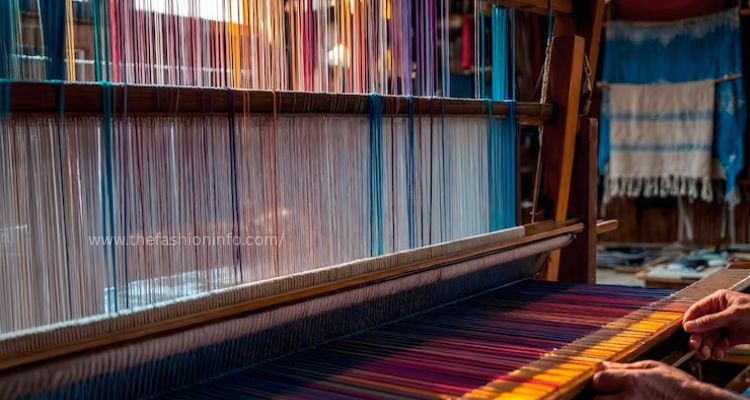Table of Contents
Introduction: A Thread Through Time
From the looms of ancient civilizations to today’s digital jacquard machines, weaving has evolved remarkably. Yet, traditional weaving techniques remain at the heart of many cultures. These methods not only produce beautiful textiles but also preserve stories, identities, and heritage. In contrast, modern weaving prioritizes speed and mass production. Let’s explore how both approaches coexist and influence the world of fabric-making today.
What are the 5 Methods of Weaving?
What is the Technique of Weaving?
Weaving is a textile production method where two distinct sets of yarns or threads are interlaced at right angles. The technique typically involves:
-
Setting up threads on a loom
-
Interlacing the warp (lengthwise) and weft (crosswise) threads
-
Creating a stable fabric through structured repetition of patterns or designs
The weaving technique can be done manually (handweaving) or with machines (power looms).
Understanding Traditional Weaving Techniques
At its core, weaving is about interlacing threads to create fabric. Traditional weaving techniques, however, vary widely across the globe, shaped by geography, materials, and customs.
Backstrap Loom Weaving (Latin America)
Used extensively in Guatemala and Peru, this method ties one end of the loom to a post and the other around the weaver’s waist. It allows artisans to control tension with their body movements. Designs often reflect Mayan heritage and symbols passed down through generations.
Ikat Dyeing and Weaving (Southeast Asia & India)
Ikat involves dyeing threads before weaving them, creating patterns with a distinctive blurred effect. Countries like Indonesia, Thailand, and India each have their own versions, making it a rich cultural identifier.
Navajo Loom Weaving (Native American Tradition)
This vertical loom technique is central to Navajo culture. Wool, often dyed with natural pigments, forms intricate geometric patterns that represent nature, spirituality, and tribal history.
Transitioning to Modern Techniques
With the rise of industrialization, traditional methods began to merge with modern technology. Power looms, computer-aided designs, and synthetic materials changed the pace and style of weaving forever.
However, despite the convenience of modern machines, traditional techniques still hold value in artisanal, luxury, and sustainable markets.
Traditional Weaving vs. Modern Weaving: Key Differences
| Feature | Traditional Weaving Techniques | Modern Weaving Methods |
|---|---|---|
| Process | Manual, labor-intensive | Automated, faster production |
| Materials Used | Natural fibers (cotton, silk, wool) | Synthetics & blends |
| Cultural Significance | Deep-rooted in heritage & rituals | Often detached from culture |
| Design Flexibility | Unique, hand-crafted patterns | Mass-produced, consistent design |
| Sustainability | Eco-friendly, low carbon footprint | Can be wasteful, less green |
Why Traditional Weaving Techniques Matter Today
Even as technology advances, the value of traditional weaving techniques hasn’t faded. Here’s why:
-
Cultural Preservation: Each handwoven textile carries the DNA of its origin, reflecting centuries of tradition.
-
Sustainability: Natural dyes, organic fibers, and low-impact methods make traditional weaving eco-conscious.
-
Artistry & Uniqueness: No two handcrafted weavings are ever the same, which adds authenticity and soul.
Furthermore, global fashion houses now collaborate with indigenous weavers to incorporate traditional artistry into modern designs. This creates a meaningful bridge between past and present.
What Are the Three Basic Weaving Techniques?
What Are the 5 Steps of the Weaving Process?
Challenges Faced by traditional weaving techniques
Despite their importance, traditional weavers face significant hurdles:
-
Limited market access
-
Low wages and exploitation
-
Loss of younger generation interest
To sustain these ancient practices, more support, education, and ethical business models are crucial. Organizations promoting fair trade and artisan collectives are making a difference, but more effort is needed globally.
Conclusion: Weaving the Old with the New
So, while modern weaving provides convenience, traditional weaving techniques offer soul. They connect us to our past and inspire future creativity. Supporting handmade textiles doesn’t just enrich your wardrobe—it preserves culture, sustains local economies, and keeps ancient stories alive.
Whether you’re a designer, historian, or curious consumer, understanding both approaches can help you appreciate the incredible art of weaving in all its forms.

